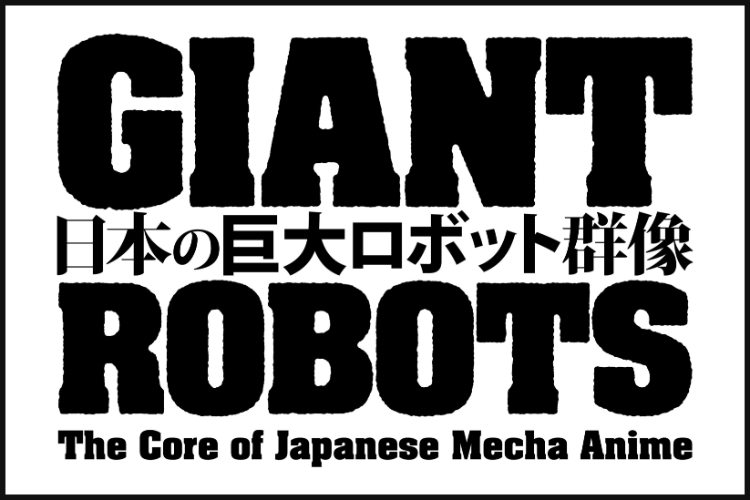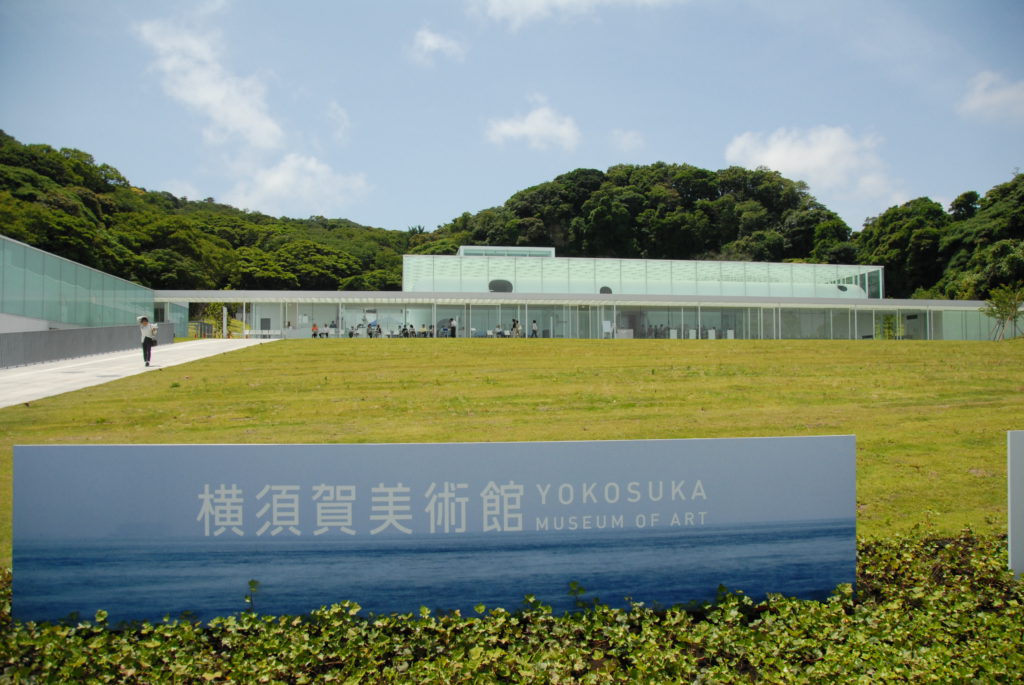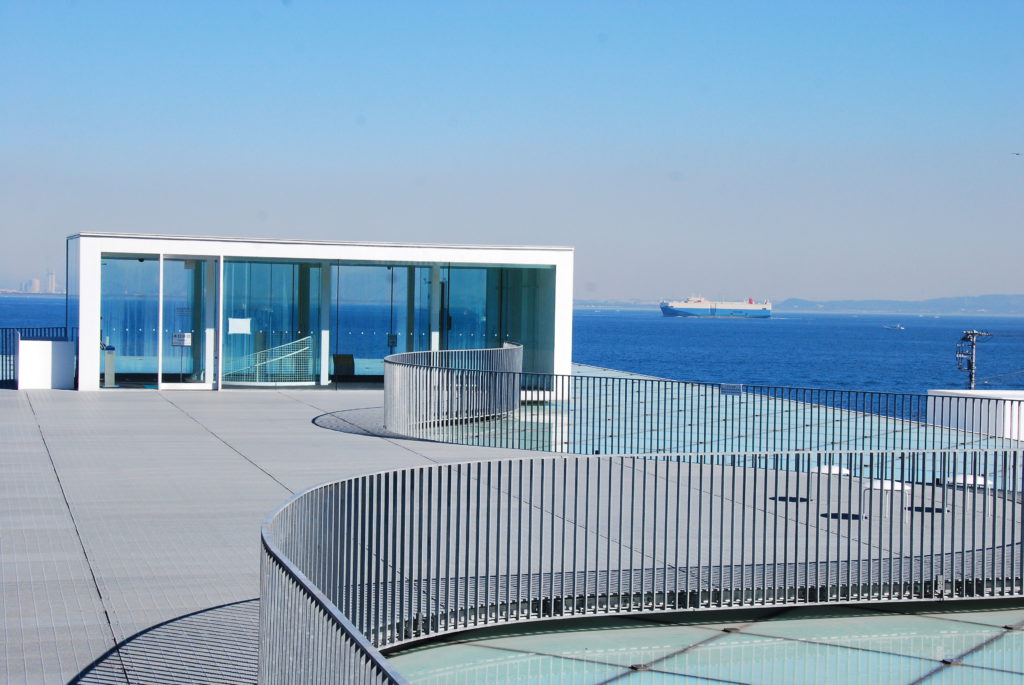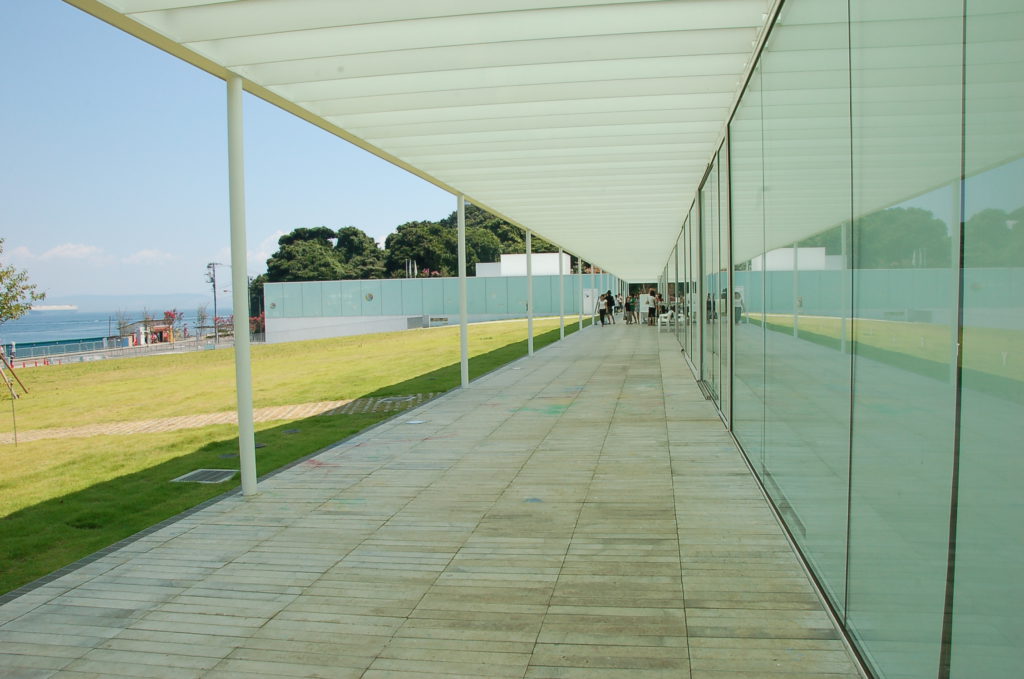“Giant Robots” — The core of Japanese Mecha Anime Exhibition at Yokosuka Museum of Art

Embark on an exciting journey into the world of Japanese mecha anime with the Giant Robots Exhibition at the Yokosuka Museum of Art! Celebrating 60 years since the debut of the first giant robot anime, “Tetsujin 28-go,” this exhibition runs from February 10 (Saturday) to April 7 (Sunday) and explores the unique history of design and visual representation. Don’t miss this unprecedented showcase!
- About “Giant Robots” — The core of Japanese Mecha Anime Exhibition
- Highlights of this Exhibition
- Exploring the World of Giant Robots with the Narration
- About Kazutaka Miyatake: Trailblazing Mecha Designer and Studio Nue Founding member
- Detailed Information: “Giant Robots” — The core of Japanese Mecha Anime Exhibition
- About Yokosuka Museum of Art
- You might also be interested in:
About “Giant Robots” — The core of Japanese Mecha Anime Exhibition
This exhibition explores the evolution of giant robots’ design and visual representation in Japanese animation, prompting the question, “What defines a giant robot?” Animated robots, commonly known as “mecha” in Japan, have become integral to the country’s popular culture. The seamless integration of life-sized fictional robots, like the “Moving Gundam” in Yokohama, into major Japanese cities’ everyday landscapes is particularly noteworthy.

Unveiling the History and Evolution of Robot Anime
Commencing with the pioneering “Tetsujin 28-go” in 1963, followed by the impactful “Mazinger Z” in 1972 and the groundbreaking “Mobile Suit Gundam” in 1979, robot anime consistently sets new trends. These works showcase unique designs and evolution, infusing creative ingenuity into design and setting to impart a visual “reality” to the often fantastical and absurd image of robots, captivating fans worldwide.
Exploring Exhibition Content and Approach
The exhibition meticulously examines the history of robot design and visual representation in anime, spanning from “Tetsujin 28-go” to contemporary productions. A particular emphasis is placed on the setting elements of “mechanism” and “size.” Through this focus, the exhibition aims to deeply explore, in collaboration with the audience, the fundamental question: “What defines a giant robot?”
©光プロダクション・エイケン.jpg)
©Hikari Production/EIKEN
Highlights of this Exhibition
1. Mechanical Marvels
Dive into the intricate “mechanisms” of giant robots! Boarding the protagonist’s robot, its “combination,” and “transformation” are the genre’s essence. Designs, tailored for toy marketing, showcase meticulous craftsmanship. Yet, beneath these designs lie hidden “mechanisms” with a certain rationality. The exhibition unfolds the charm of such mechanisms through crafted pieces, including design sketches and scenes from anime.
2. Pilot Sensation
Ever wondered how the “size” of giant robots is portrayed in anime? By the 1980s, these colossal robots became smaller, approaching the scale of practical machinery, enhancing the portrayal’s realism. Imagine how parts or the entirety of such robots, seemingly plausible in reality, would appear when stretched to the sizes set in the anime. Enjoy the viewing experience as if you were one of the anime characters!
©Production-I.G/ナデシコ製作委員会・テレビ東京.jpg)
ⒸProduction I.G / Nadesico Production Committee・TV Tokyo
3. Inner Mech Fascination
Experience the allure of “inner mechanisms”! Imaginary robots have been illustrated with “internal perspectives,” making them seem as if they genuinely exist. Peering into the mechs behind armor and gaps raises questions – is this a desire for the “materialization” of fictional mechs or a fetishism of the creators? The exhibition directs attention to the “interiors” of robots, now commonplace even in model kits and toys.
4. Majestic Art by Miyatake Kazutaka
Immerse yourself in the awe-inspiring exhibition of two colossal paintings by acclaimed mecha designer Miyatake Kazutaka, a native of Yokosuka! One of these masterpieces makes its debut at the Yokosuka venue. Miyatake Kazutaka, from Studio Nue, dedicated his talents to creating these paintings themed around giant robots for this exhibition. Don’t miss the chance to appreciate the robot world envisioned by this pioneering Japanese mecha designer!
-加藤直之・宮武一貴-©スタジオぬえ-1024x696.jpg)
©STUDIO NUE CO. LTD
Exploring the World of Giant Robots with the Narration
Banjou Ginga and Nana Mizuki, renowned voice actors and narrators, take center stage as audio guides, leading visitors through the captivating world of giant robots. With rich experiences in iconic series like “Mobile Suit Gundam” and “NARUTO,” their distinctive voices entice attendees into the exhibition.
Nana Mizuki
Nana Mizuki, a versatile talent in voice acting and singing. Notable for roles like Hinata Hyuga in “NARUTO” and Sherry in “ONE PIECE,” Mizuki extends her influence as a singer, performer, radio personality, and narrator.
Banjou Ginga
Banjou Ginga, known for his narration in TV programs, dubbing of foreign films, and significant roles in robot anime. From portraying Gihren Zabi in “Mobile Suit Gundam” to Timp in “Blue Comet SPT Layzner,” his diverse contributions have captivated a broad fan base.
Charm of the Audio Guides
Banjou Ginga and Nana Mizuki share behind-the-scenes stories, design intricacies, and their passion for the world of giant robots through their unique narrative styles. Their voices serve as companions, enhancing the exhibition experience and immersing visitors in the fusion of art and entertainment.
Distinctive Features of the Giant Robot World
The world of giant robots, experienced in the museum, is a result of various ingenious designs and innovations aimed at achieving visual “reality.” Its unique evolution and expansiveness, not found in animations from other countries, captivate many fans.
The usage fee is 700 yen (including tax).
Info VIA: PIA (JP)
About Kazutaka Miyatake: Trailblazing Mecha Designer and Studio Nue Founding member
Early Life and Influences
Kazutaka Miyatake, born in Yokosuka, Kanagawa Prefecture, developed an early interest in warships due to his proximity to the Maritime Self-Defense Force base. This fascination led him to create military illustrations, and his knowledge expanded through dissecting motorcycles with his father, influencing his mecha design.
Entry into SF Illustrations
Under the mentorship of Satoru Ozawa, Miyatake developed an interest in SF illustrations, inspired by the special effects mecha in the film “2001: A Space Odyssey.” He co-founded “SF Crystal Art Studio” while attending Tokyo University of Agriculture and Technology, transitioning from children’s program art to contributing to SF anime world-building upon joining “Studio Nue.”
Notable Achievements
Miyatake gained recognition in 1977 for co-designing powered suits in Robert A. Heinlein’s “Starship Troopers,” significantly impacting the real robot anime genre. His contributions extended to iconic mecha designs in “Farewell to Space Battleship Yamato,” “Super Dimension Fortress Macross,” and “Aura Battler Dunbine.”

ⒸXEBEC・Flying Dog / Sotsu
Versatility and Expertise
Known for his versatility, Miyatake’s mecha designs encompassed warships, fortresses, and robots. His wide-ranging knowledge in science, military, biology, and architecture allowed him to authentically depict diverse designs.
Distinctive Approach and Dedication
Miyatake’s distinctive approach involved creating transparent illustrations, unveiling the internal structure of mecha. Despite the rise of CG, he remained committed to analog pencil drawings, aiming to convey his ideas directly. His creative process involved extensive research and experimentation, often leading to time-consuming endeavors. Finalization tasks were occasionally delegated to colleagues like Naoyuki Kato.
Legacy and Ongoing Dedication
Recognized for his early achievements and innovative ideas, Kazutaka Miyatake continues to uphold his commitment to analog artistry. He dedicates time to the intricate creative process, contributing to the ongoing evolution of mecha design and SF illustrations.
 荒牧伸志 ©AIC-©AICライツ-1019x1024.jpg)
©AIC ©AIC Rights
Detailed Information: “Giant Robots” — The core of Japanese Mecha Anime Exhibition

| Date | February 10 (Sat) – April 7 (Sun), 2024 |
| Time | 10:00 AM – 6:00 PM |
| Closed | March 4 (Mon), April 1 (Mon) |
| Free Admission Day | February 18 (Sun) |
| Venue | Yokosuka Museum of Art (4-1 Kamoi, Yokosuka City, Kanagawa) |
| Admission (tax included) | Adults: Standard Rate: ¥1,300 Group Rate (20 or more): ¥1,040 High School Students/University Students/Seniors (65 years and above): Standard Rate: ¥1,100 Group Rate (20 or more): ¥880 Junior High School Students and Younger: Free (Group rates in parentheses are applicable for groups of 20 or more) |
| Additional Information: | ・Includes access to the Collection Exhibition and the Taniuchi Rokuro Memorial Hall. ・Complimentary admission for high school students residing or studying within the city limits. ・Free admission for individuals with a disability pass, developmental disability pass, or mental health and welfare pass, along with one accompanying person. |
| Organization | YOKOSUKA MUSEUM OF ART |
| Official Website | Giant Robots Main Page (JP) Giant Robots: The Core of Japanese Mecha Anime / Yokosuka Museum of Art (EN) |
| Planning | NISHINIPPON SHIMBUN EVENT SERVICE, PIA |
| Planning and Coordination | KEISUKE Hirota, TARKUS “KOJI Igarashi” |
About Yokosuka Museum of Art
Situated in the heart of Yokosuka city, the Yokosuka Museum of Art is a versatile haven for art enthusiasts, showcasing a diverse collection that spans contemporary art to Western and Japanese paintings. The museum’s open, naturally-lit interior, a rooftop plaza with views of Tokyo Bay, and a serene forested mountain square create a unique atmosphere for visitors to enjoy.

The museum takes pride in its extensive collection of works by local artists, offering a glimpse into the cultural and historical richness of Yokosuka and its surroundings. For architecture enthusiasts, the museum’s stunning architectural design adds an extra layer of appeal. Nestled in the picturesque Kannonzaki area, the museum provides breathtaking views of Tokyo Bay from its outdoor spaces, making it a truly scenic destination among Japan’s art museums.

In addition to its permanent collection, the museum hosts special exhibitions that cater to a wide range of tastes. From Western and Japanese paintings to contemporary art, there’s something for everyone to appreciate.
Information
- Address: 4-1 Kamoi, Yokosuka, Kanagawa Prefecture
- Opening Hours: 10:00 am to 6:00 pm
- Admission Fee: General admission: 380 yen
High school/University students/Seniors (65 years old and above): 280 yen (Special exhibition fees vary) - Official Website: Yokosuka Museum of Art
- Contact: 046-845-1211 kouhou@city.yokosuka.kanagawa.jp

How to Access
- By public transport: From Keikyu Line Maborikaigan Station or JR Yokosuka Station, take the bus bound for “Kannonzaki” and get off at the bus stop “La Vista Kannonzaki Terrace” and “Yokosuka Museum of Art”.
- By car: 3 km from Yokohama-Yokosuka Road Maborikaigan IC (approx. 5 minutes).
- Parking: Underground parking lot with a capacity of 120 cars, 3 large buses, and 7 motorcycles. Parking fee varies.






